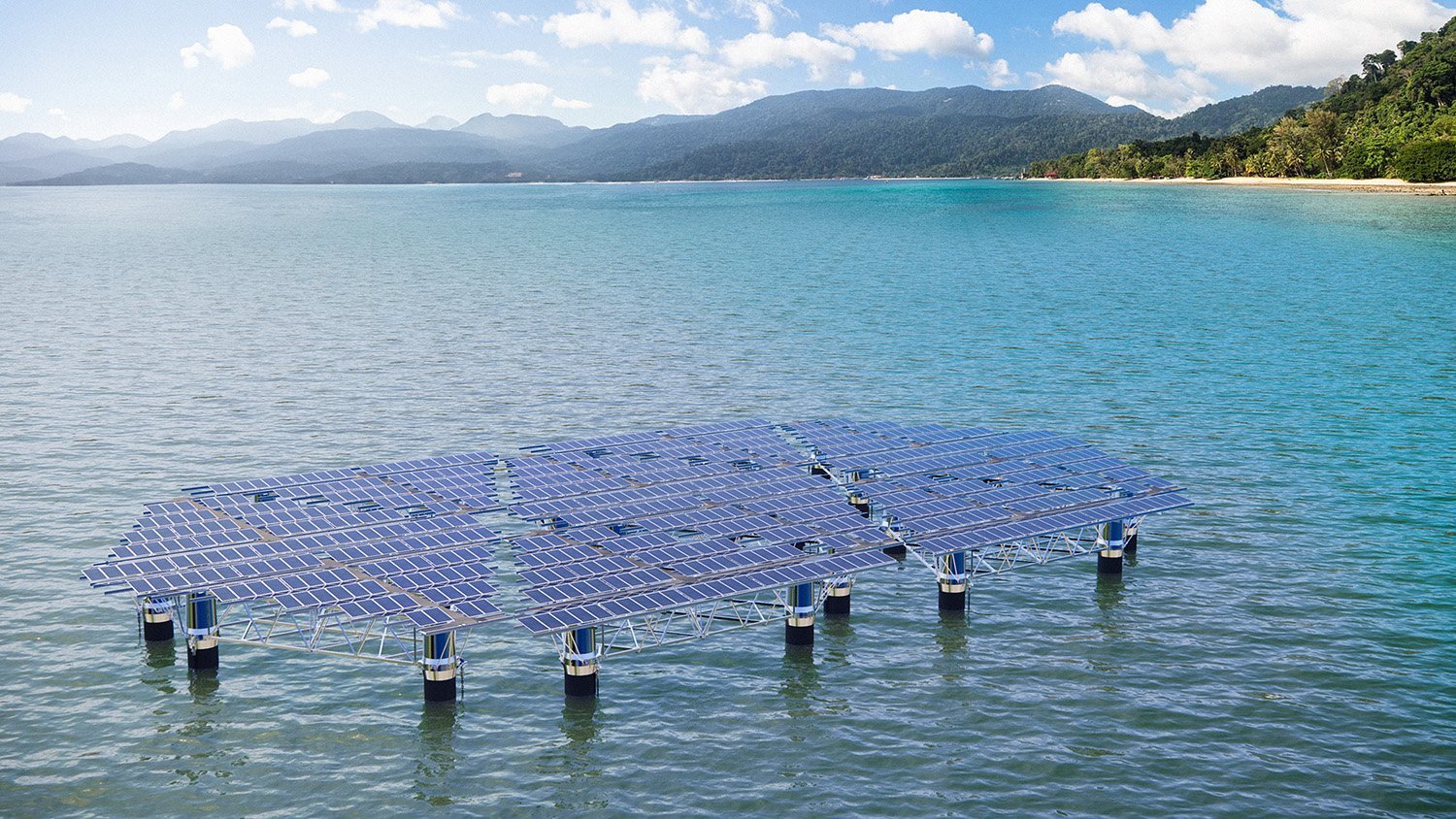Hydro will manufacture and deliver the aluminium components needed for the 780 kW SolarDuck offshore floating solar plant in addition to providing engineering support.

In order to work together on a project that will advance offshore floating solar energy solutions in Malaysia and Southeast Asia, Hydro has signed a letter of intent (LoI) with SolarDuck, a developer of offshore floating solar energy technology, and TNB Renewables Sdn Bhd and TNB Research Sdn Bhd, two subsidiaries of the Malaysian electricity utility Tenaga Nasional Berhad (TNB).
Hydro will manufacture and deliver the aluminium components needed for the 780 kW SolarDuck offshore floating solar plant in addition to providing engineering support. The construction project off the Malaysian island of Tioman is expected to be finished in 2025.
“The necessary transition to renewable energy includes solar energy. With their strength, light weight, and minimal to no maintenance requirements, extruded aluminium solutions are the ideal choice for such installations, according to Paul Warton, executive vice president of Hydro Extrusions.
The aluminium profiles for SolarDuck’s pilot structure were delivered by Hydro in 2021. Deliveries from the Hydro extrusion facilities in Magnor, Norway, and Lichtervelde, Belgium, will be part of the project with TNB.
Due to the lack of wind in Southeast Asia, there are few opportunities to produce wind energy. Land scarcity problems are making it harder and harder for large-scale solar developments to be built on land in Southeast Asia. New possibilities for the production of renewable energy in Malaysia and the rest of the region are made possible by offshore floating solar energy project.
According to SolarDuck’s Chief Executive, Koen Burgers, offshore floating solar solutions are slated to become the most affordable marine energy technology by 2030, making this collaboration a significant step towards a net-zero future for Malaysia.
The offshore floating solar’s triangular shape keeps the solar panels and electrical components well above the water’s surface while floating above the waves like a carpet.
Because of its strength to weight ratio and capacity to withstand the corrosive offshore environment for the duration of the structure, Burgers continued, “Aluminum is our material of choice.